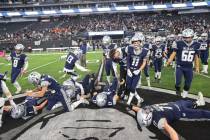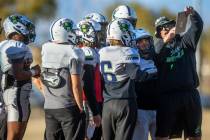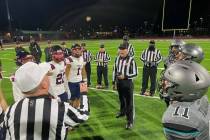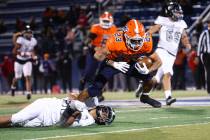Smaller field for Sprint Cup races not necessarily a bad thing
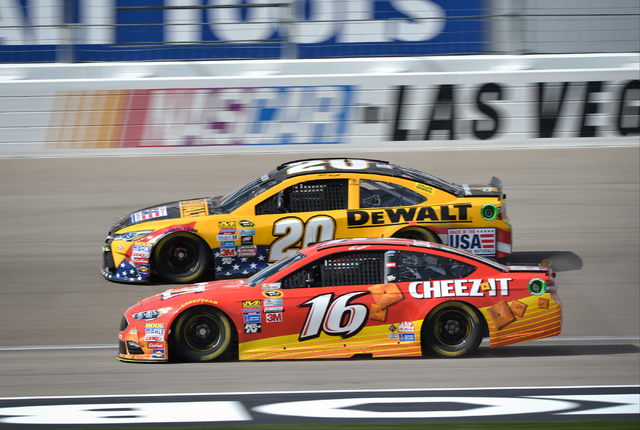
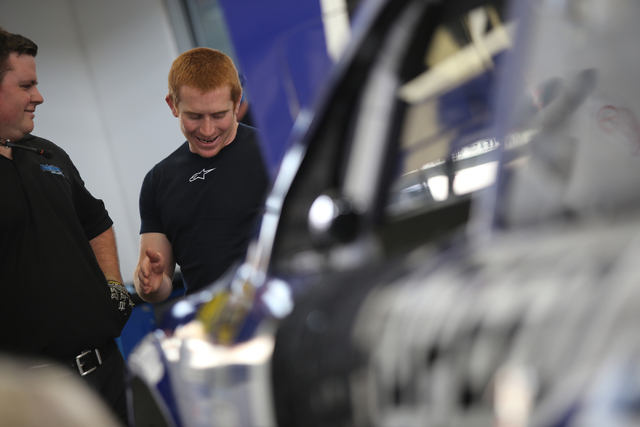
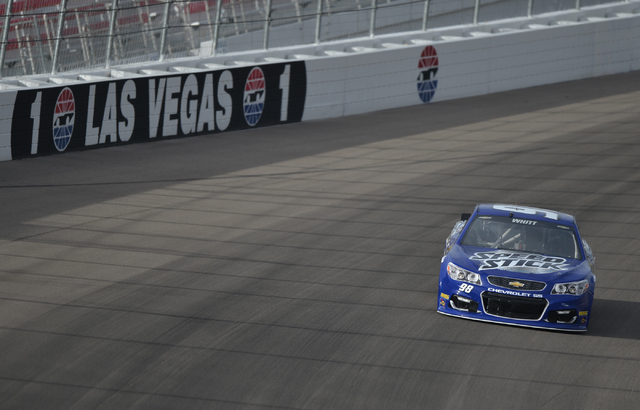
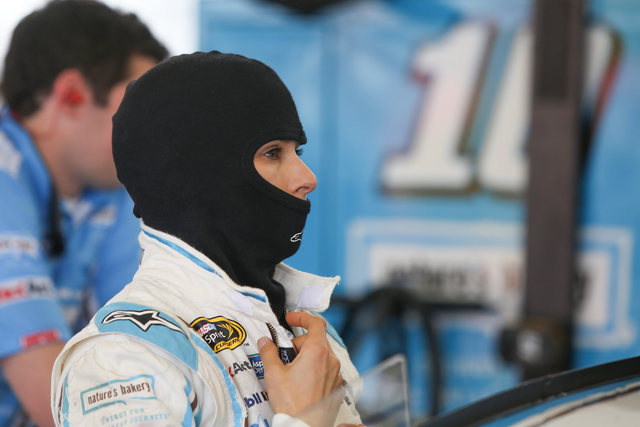
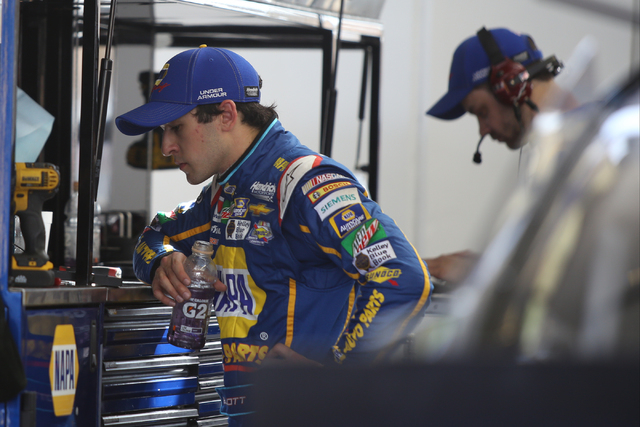
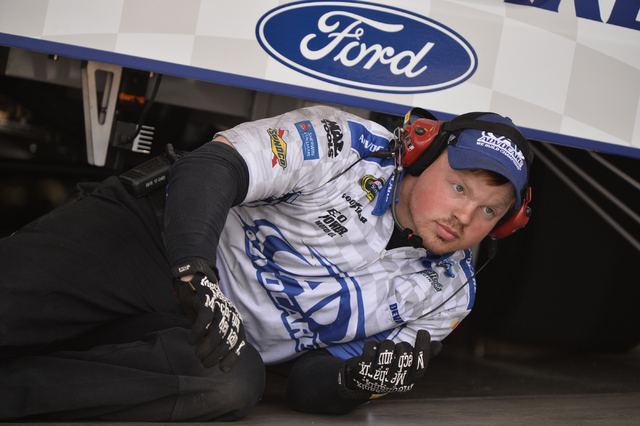

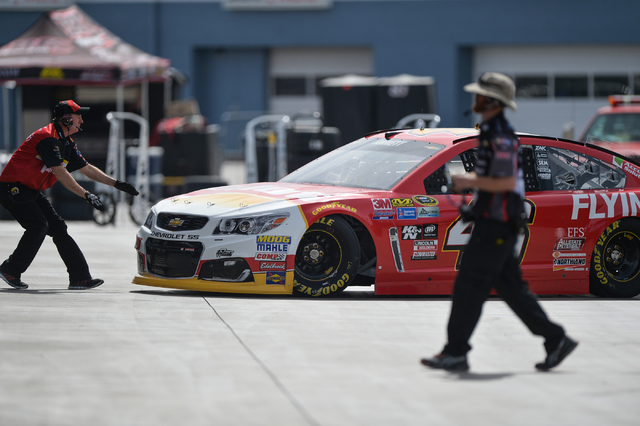
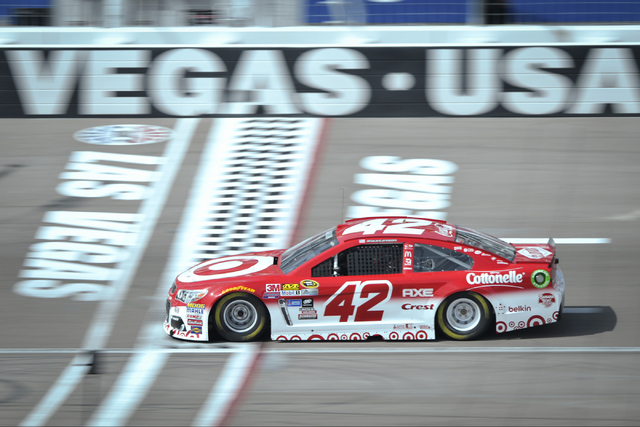
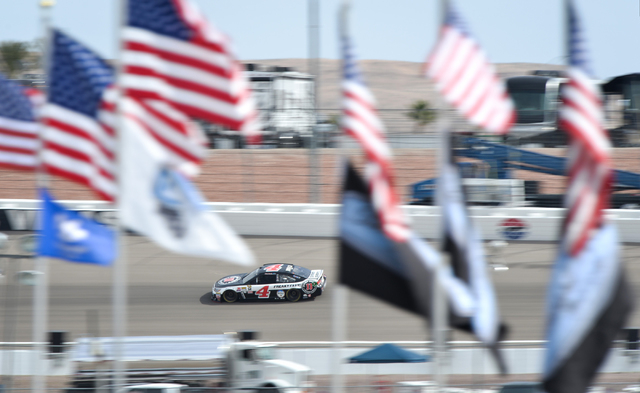

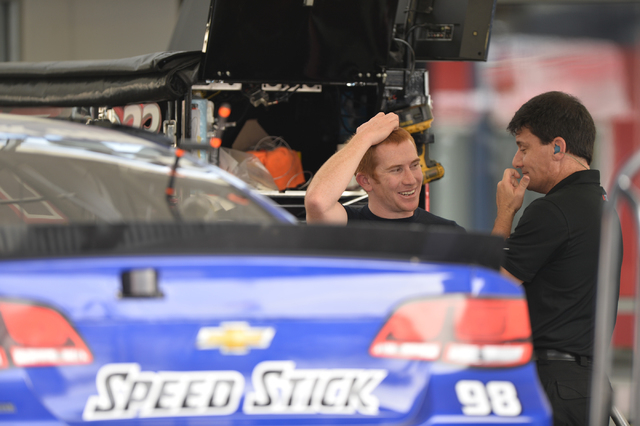
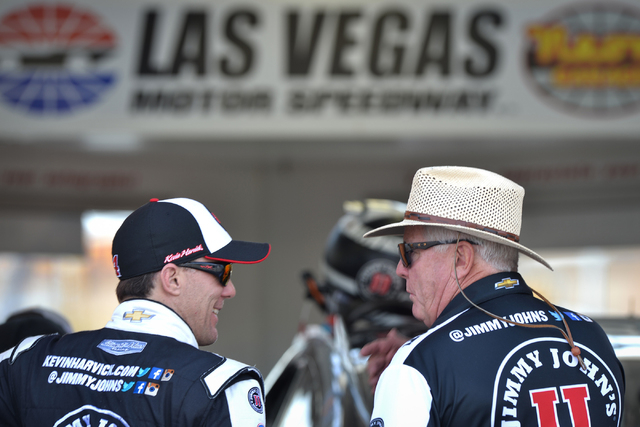
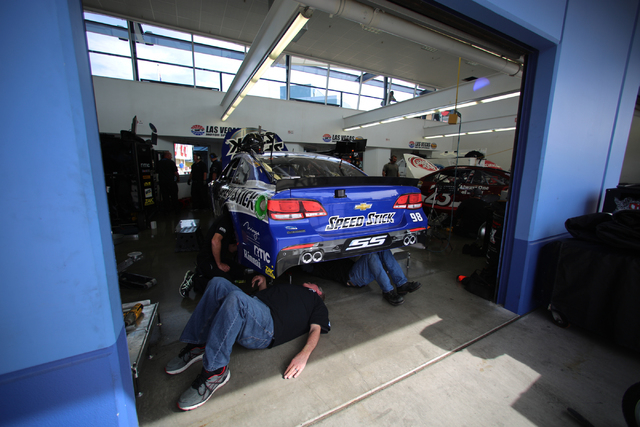
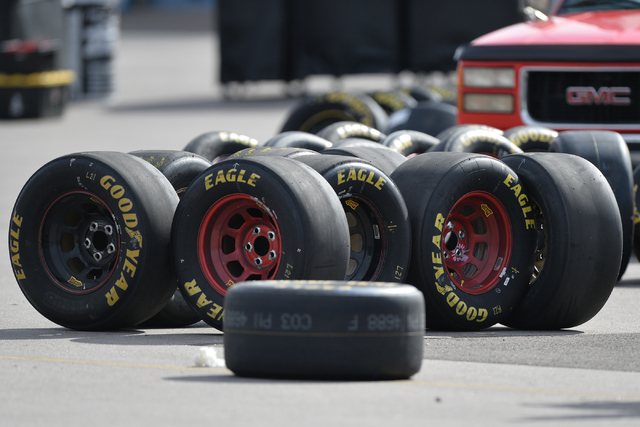
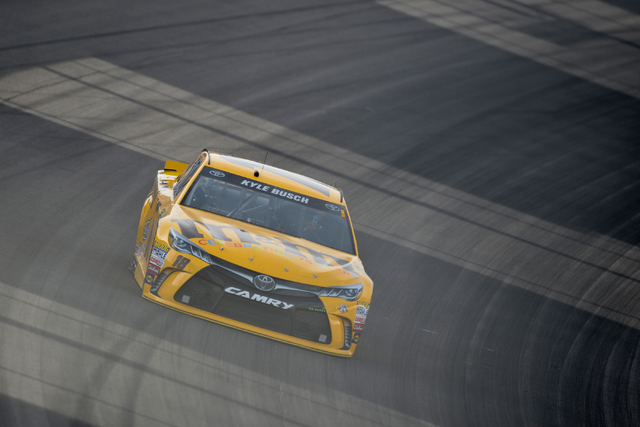
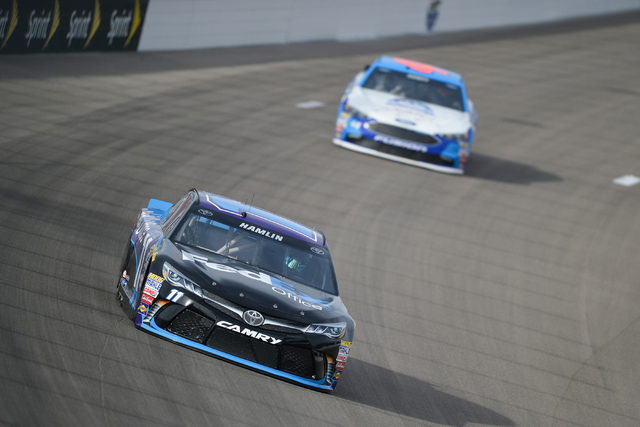
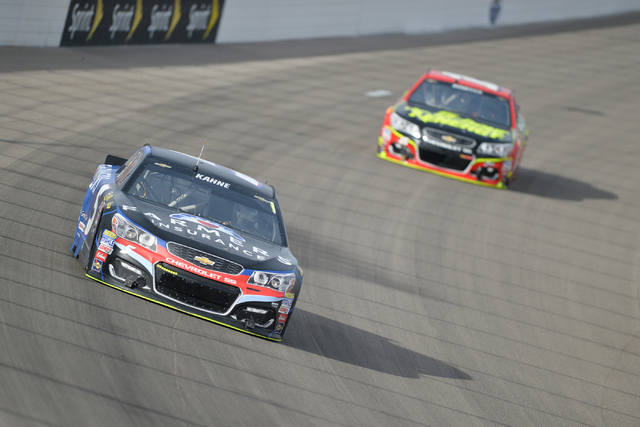
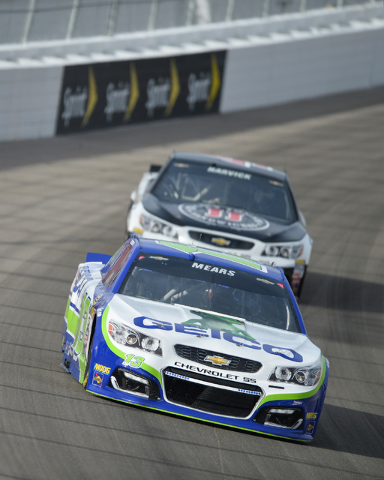
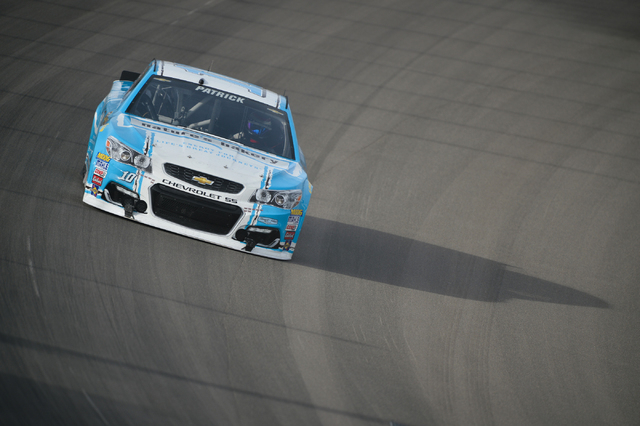
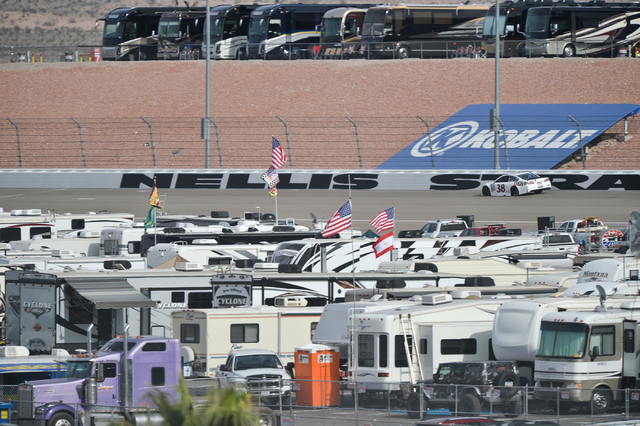
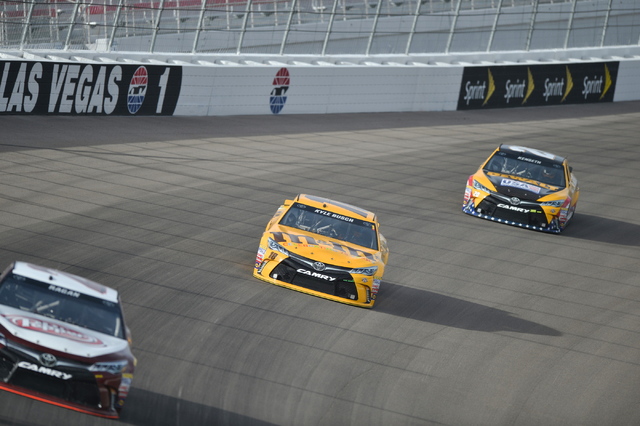

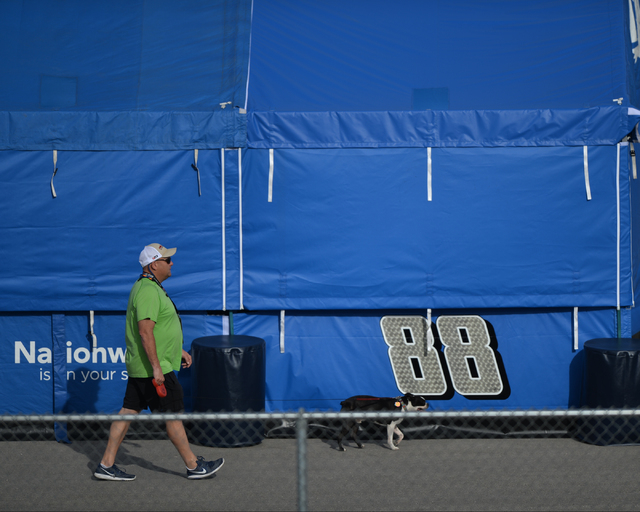

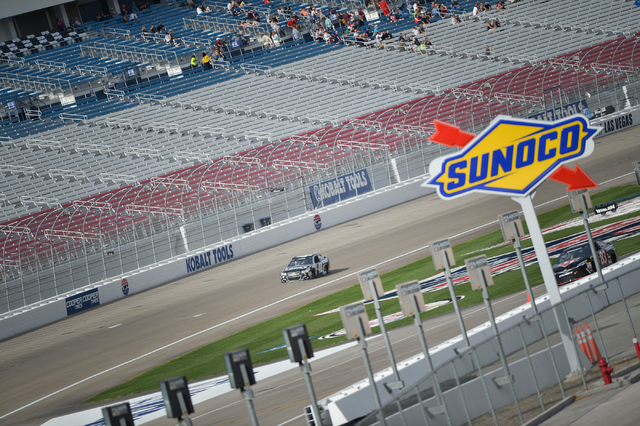
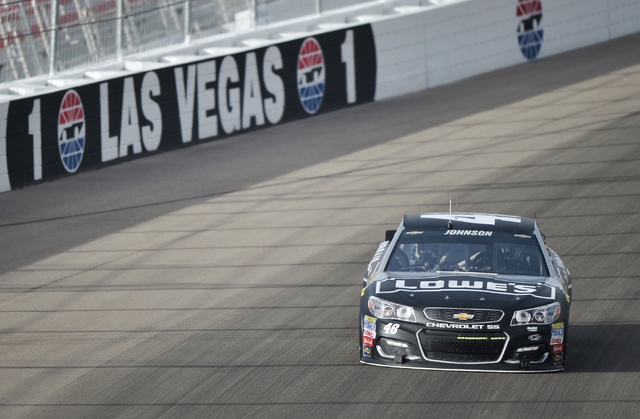
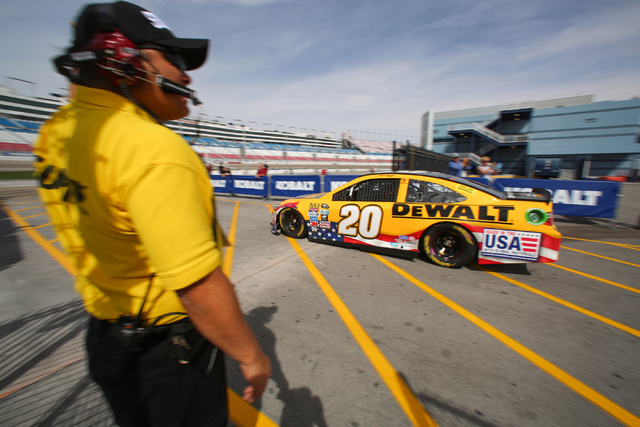
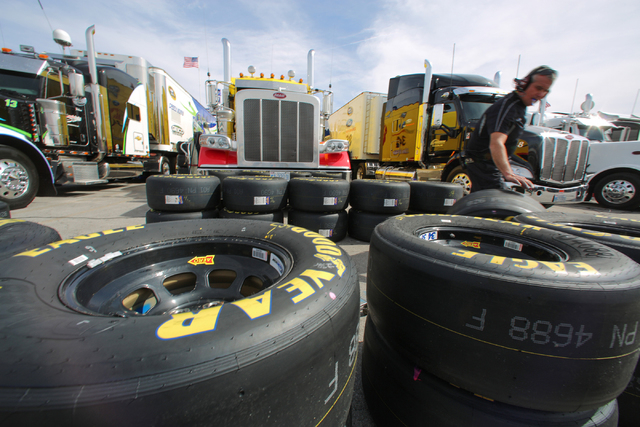
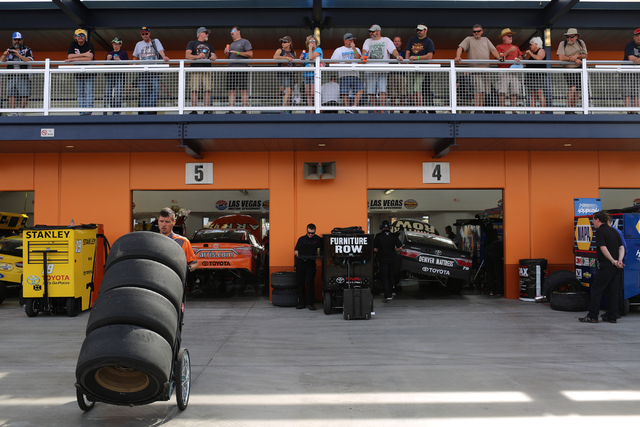
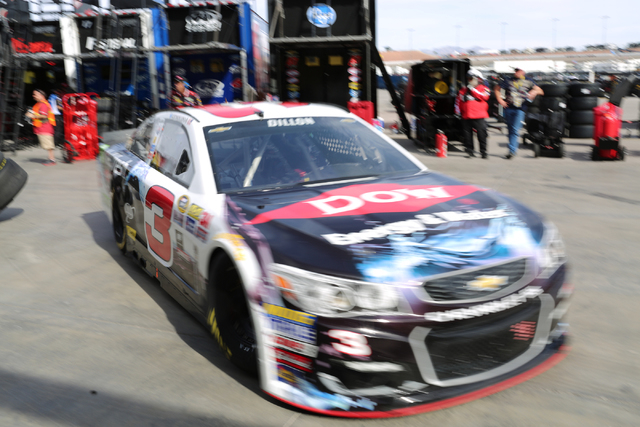

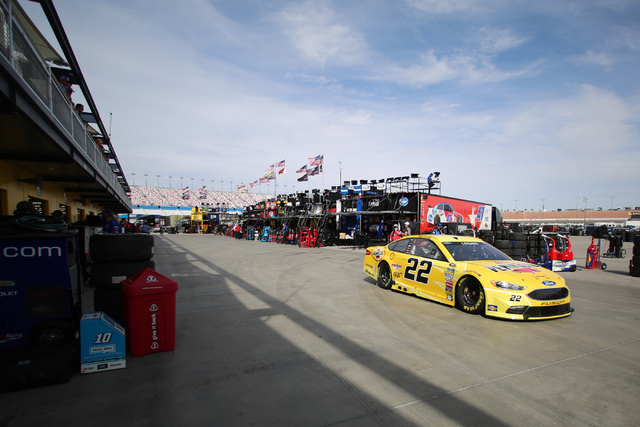

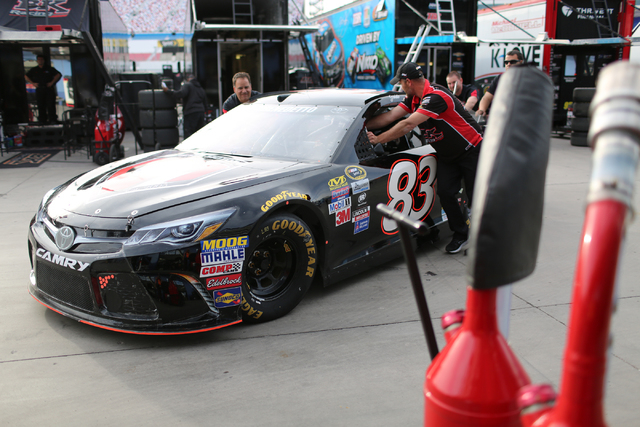
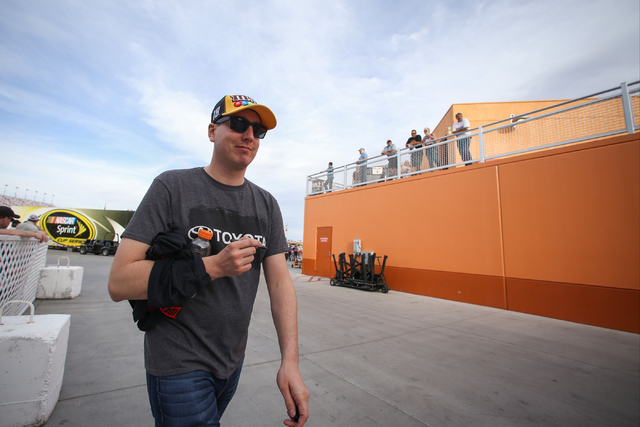
If there’s an old Buick sitting in your driveway and some neighborhood kids you can mold into a pit crew at short notice — like Brewster Baker’s “Six Pack” in the movies — there may be a place for you in NASCAR:
The back of the starting grid at Sunday’s Kobalt 400 at Las Vegas Motor Speedway.
Only 39 cars and drivers have entered the big roundy-round at the 1.5-mile speed plant on the north edge of town. A full field is now 40 cars. Last year it was 43.
Participation numbers are down. They were down last year, too.
Should NASCAR’s fireproof coveralls be all in a bunch?
Yes.
And no.
In 1994, about the same time stock car racing was speeding into the national consciousness with supercharged abandon, NASCAR invaded the sacred ground of Indianapolis Motor Speedway. There were 79 car and driver combinations that attempted to qualify.
Granted, that was the inaugural Brickyard 400, and everybody wanted to be part of it. The garages, as well as the massive grandstands, were full.
Now they are half-empty.
And it’s not just at Indy, and it’s not just in NASCAR. These are pretty much the conditions wherever gentlemen start engines.
Daytona Speedway was overhauled for this year’s race, and they did such a grand job with the gussy-up that people may not have noticed that 46,500 seats were removed because the supply of seats now far exceeds the demand for them.
A lot of tracks have eliminated seats. LVMS got rid of a bunch before this year’s Kobalt 400, when bulldozers literally buried the Turn 3 grandstand. In its place is not a headstone, but a new RV viewing area.
This is not a phenomenon indigenous to NASCAR.
Look how small they’re building these new ballparks. Remember cavernous Municipal Stadium in Cleveland? It held 78,811 spectators for baseball. Progressive Field now holds 37,675. That’s more shrinkage than George Costanza on “Seinfeld.”
Do not underestimate the power of the big-screen television, and streaming video, and an all-in-one remote control, once you figure out how to program it.
Daytona had a fantastic finish, and the “smaller” grandstands that can accommodate just over 100,000 were packed right up to those new spectator injectors. But then only 39 cars showed up at Atlanta.
A lot of people wanted to blame the low number on NASCAR’s new charter system.
The sanctioning body, having noticed its part-time teams were dwindling in numbers anyway, put into effect a system to give its longstanding car owners more value for their investment. Charters were issued. These charters, in effect, will transform race teams into franchises, as in baseball and other pro sports.
The NASCAR charters have nowhere close to the resale value of a franchise in the stick-and-ball sports, but everybody I spoke with at the track Thursday pretty much agrees they are a great idea.
I did not speak with any owners of noncharter cars. I tried, but there were only two on track, and they were working on their setups.
Under the charter system, 36 car and driver combinations are guaranteed starting positions and bigger pieces of NASCAR pie. Fields are trimmed to 40 cars. That leaves four spots on the starting grid for noncharter teams, who receive a smaller piece of NASCAR pie — probably not nearly enough to offset expenses — should they qualify.
But at least it’s something. At least there’s still a way for the little teams to continue to participate at the highest level of stock car racing. Try showing up with nine of your pals at Yankee Stadium and challenging New York to a game. See how far you get.
So should sirens be sounded, and hatches battened, and lifeboats manned because there are only 39 cars, or only 36, if that’s the final number?
Not if you compare NASCAR to the other pro sports.
Baseball has 30 franchises; the NFL has 32; the NBA has 30. Not all are competitive. But hardly anybody complains about the depth of field in the other pro sports. (Except, perhaps, for 76ers fans.)
The result of the charter system may be that only the strongest little teams will survive, but that the teams with sponsors probably will get stronger. Some may call that exclusionary. I call it a fair and proactive compromise.
But I will always have a soft spot in my gearbox for the little racing teams.
There was something Walter Mitty-ish about seeing a race car bereft of sponsor logos strapped to a flatbed trailer, rolling down the highway in the open air toward the next race.
Small pockets. Big dreams. That was NASCAR in a nutshell for a lot of guys, before the big haulers came barreling down the turnpike and changed the rules.
Las Vegas Review-Journal sports columnist Ron Kantowski can be reached at rkantowski@reviewjournal.com or 702-383-0352. Follow him on Twitter: @ronkantowski.








